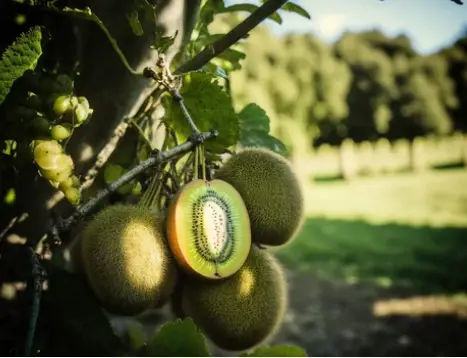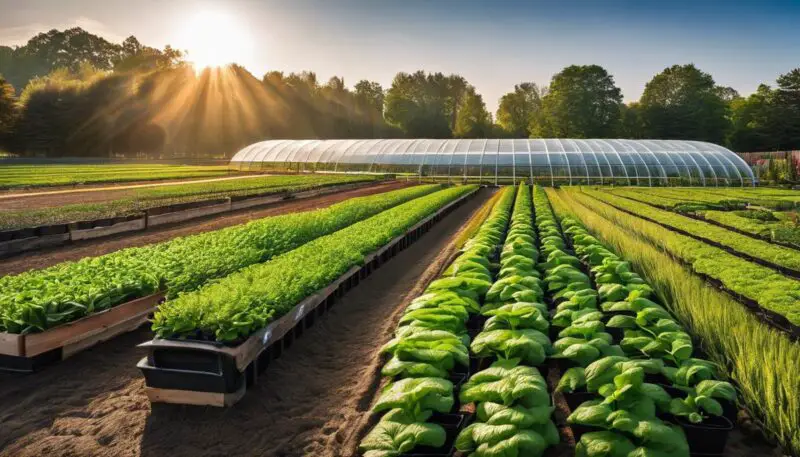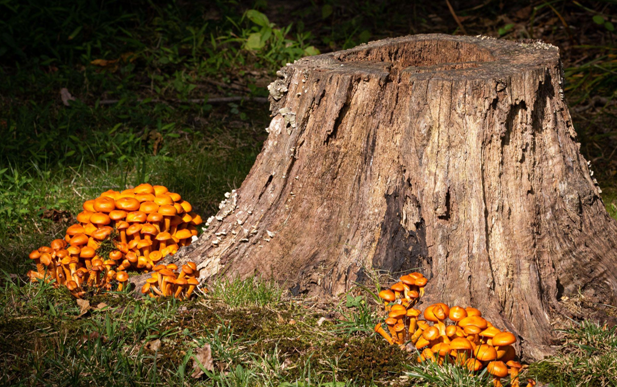How to Plant Daffodils Bulb Like a Pro: Insider Tips for Gardens
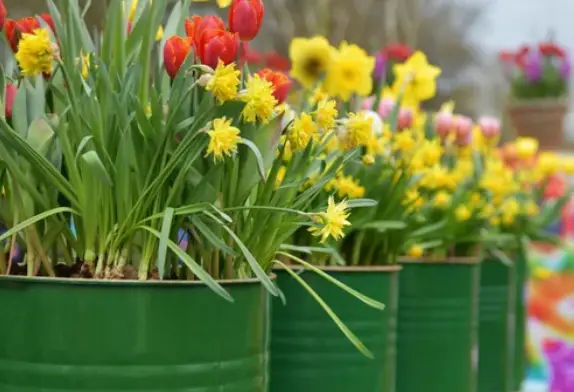
Welcome to our gardening blog! There’s something truly enchanting about the vibrant colors and delicate blooms of daffodils.
If you’re new to gardening or looking to add some cheerful hues to your outdoor space, daffodil bulbs are a fantastic choice.
In this blog post, we’ll walk you through the step-by-step process of planting daffodil bulbs, ensuring a successful and rewarding gardening experience.
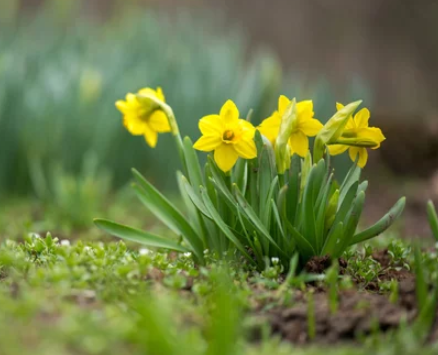
Understanding Daffodil Bulbs:
Daffodil bulbs are a type of flowering bulb known for their distinct shape and stunning display.
They come in various types and varieties, offering a wide range of colors, sizes, and bloom times. Before diving into planting, it’s essential to understand the ideal conditions for daffodil growth.
These beautiful bulbs thrive in full sun to partial shade and well-drained soil. Their hardiness makes them suitable for a variety of climates, and they can even tolerate colder winters.
Preparing for Planting:

- Timing is crucial when it comes to planting daffodil bulbs. The best time to plant them is typically in the fall, before the first frost. This allows the bulbs to establish roots before winter and ensures a splendid display in the spring.
- Select high-quality bulbs from reputable sources. Look for firm bulbs without any signs of damage or mold.
- Choose a suitable location for planting. Daffodils prefer areas with ample sunlight and well-drained soil. Prepare the soil by removing weeds and loosening it with a garden fork or tiller.
Step-by-Step Planting Guide:
-
Digging the Hole:
- Using a garden trowel or bulb planter, dig a hole that is approximately 6 to 8 inches deep. If you’re planting multiple bulbs, space the holes about 4 to 6 inches apart.
- If you prefer a naturalized look, dig a larger hole or trench and plant several bulbs together.
-
Placing and Positioning the Bulbs:
- Place each bulb in the hole with the pointed end facing upwards. The pointed end is where the stem and leaves will emerge.
- Ensure the bulbs are positioned at a depth that is roughly three times their own height. This ensures they are well-anchored in the soil.
-
Covering and Watering:
- Gently backfill the holes with soil, ensuring there are no air pockets around the bulbs. Press the soil lightly to secure them in place.
- Give the newly planted bulbs a thorough watering to encourage root growth. Use a gentle spray or watering can to avoid dislodging the bulbs.
-
Mulching and Protection:
- Apply a layer of organic mulch, such as straw or wood chips, around the planted area. Mulching helps conserve moisture, suppress weed growth, and insulate the bulbs during winter.
- Mark the planting area to avoid accidental disturbance during other gardening activities.
Aftercare and Maintenance:
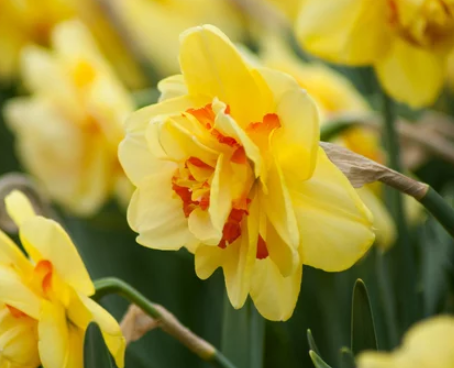
- Water the bulbs regularly, especially during dry spells, to keep the soil slightly moist. However, avoid overwatering, as daffodils dislike soggy conditions.
- Once the daffodils have finished flowering, remove the spent flowers. This process, known as deadheading, prevents the plant from expending energy on seed production.
- Allow the foliage to wither naturally before trimming it back. This period is essential for replenishing the bulb’s energy reserves for the next growing season.
- Consider fertilizing the bulbs after flowering, using a balanced slow-release fertilizer. This will nourish the bulbs and support healthy growth.
Enjoying the Blooms:
- With proper care, your daffodils will reward you with a spectacular display of blooms in the spring. Their vibrant colors and graceful form will be a source of delight.
- Take pride in your gardening efforts and share the beauty of your daffodils with others. Consider participating in local flower shows or sharing photos on social media.
- If you’d like to expand your daffodil collection, you can propagate them by dividing bulbs or saving seeds. This will allow you to enjoy even more stunning blooms in the future.
Conclusion
Congratulations on completing your journey to planting daffodil bulbs! By following these simple steps, you’ve set the stage for a breathtaking spring display.
Remember to enjoy the process and take pride in your gardening accomplishments.
As your daffodils bloom and add color to your garden, they’ll serve as a reminder of your dedication and the beauty that nature can bring. Happy gardening!




